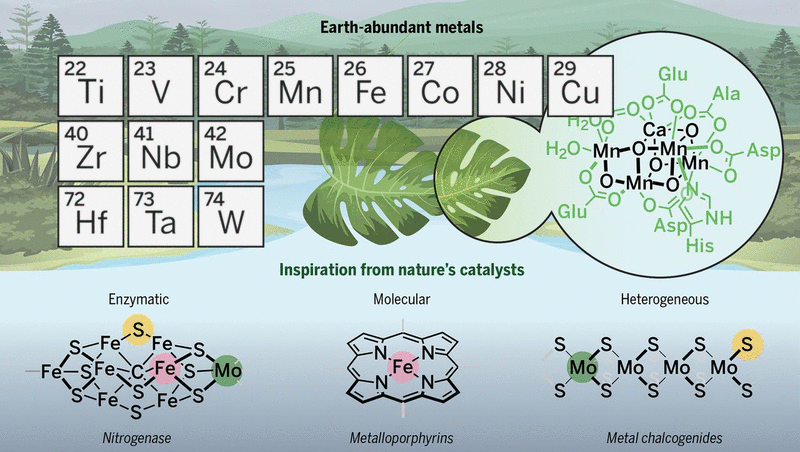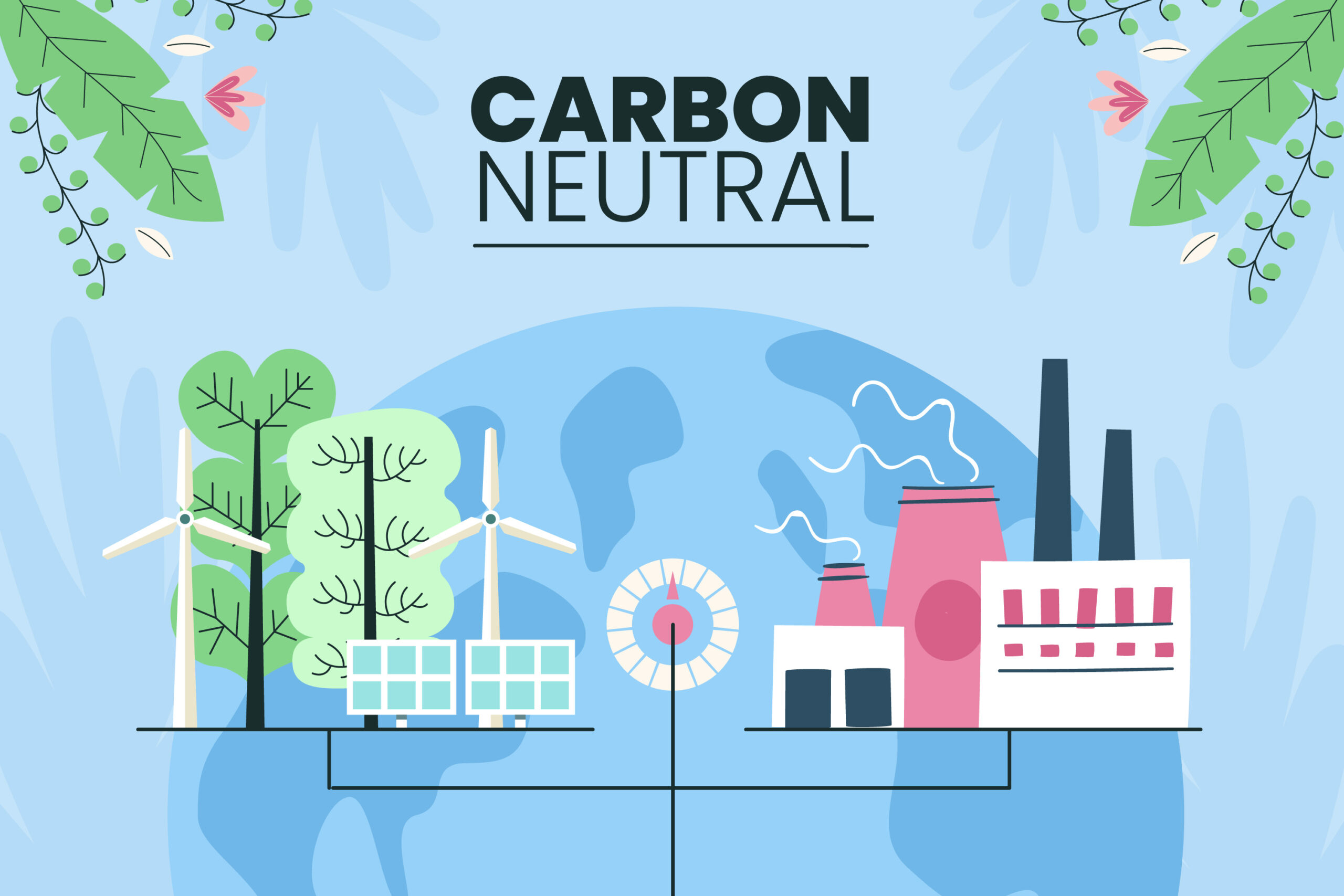Sustainable Catalysts: A Path Towards Greener Chemistry and Reduced Carbon Footprint
The need to address climate change and environmental degradation has led industries to rethink their methods, materials, and energy consumption. Among the key players in this transformation are sustainable catalysts, which are revolutionizing industrial processes by replacing toxic and expensive materials with more environmentally friendly alternatives. These innovations aim to reduce industrial carbon footprints, minimize waste, and contribute to a circular economy. In this blog, we’ll dive into the latest developments in sustainable catalysts, their applications, and their potential to reshape industries.
1. What Are Catalysts and Why Are They Important?
Catalysts are substances that speed up chemical reactions without being consumed in the process. They are critical in industrial production, playing a vital role in processes such as petroleum refining, pharmaceutical manufacturing, and chemical synthesis. In fact, an estimated 90% of industrial processes rely on catalysts to achieve efficiency, reduce energy consumption, and lower production costs.
However, traditional catalysts often involve toxic and rare materials like platinum, palladium, and other heavy metals, which are not only expensive but also harmful to the environment. The extraction, refinement, and disposal of these metals contribute to pollution and waste. As industries focus on sustainability, the demand for sustainable catalysts that can reduce environmental impact has gained attention.
2. The Rise of Sustainable Catalysts
Sustainable catalysts refer to materials that are environmentally friendly, cost-effective, and efficient in catalyzing reactions. These catalysts aim to replace traditional metals with abundant, less-toxic alternatives or even renewable materials. A major benefit of these new materials is their potential to lower the carbon footprint of industries while maintaining or enhancing production efficiency.
There are several promising developments in the field of sustainable catalysts, including:
- Bio-based catalysts derived from renewable resources
- Earth-abundant metals as alternatives to precious metals
- Organocatalysts that rely on organic compounds instead of metals
- Photocatalysts powered by light, especially solar energy
3. Bio-based Catalysts: Tapping into Nature
One of the most exciting areas of sustainable catalysis is the use of bio-based catalysts, which are derived from renewable natural resources like plants, enzymes, and microorganisms. These catalysts offer a greener alternative to conventional heavy-metal-based catalysts and can often operate under milder reaction conditions, reducing energy consumption.
For example, enzymes—proteins that act as biological catalysts—are used in the production of biofuels, biodegradable plastics, and pharmaceuticals. Enzyme-catalyzed reactions are highly selective, meaning they can target specific molecules, minimizing waste and by-products. This selectivity makes enzyme-based catalysts a highly efficient and sustainable option for industries looking to reduce their environmental impact(Smithsonian Magazine).
Another promising approach is the use of biomass-derived catalysts, which are created from agricultural waste, algae, and other renewable sources. These catalysts can be used in the production of chemicals and biofuels, helping reduce dependency on fossil fuels and lower carbon emissions.

4. Earth-Abundant Metal Catalysts: A Sustainable Alternative to Precious Metals
Traditional catalysts often rely on rare and precious metals like platinum, palladium, and rhodium, which are both costly and environmentally damaging to extract. In contrast, earth-abundant metal catalysts—such as iron, copper, and cobalt—offer a sustainable and cost-effective alternative. These metals are more widely available and pose fewer environmental risks compared to their precious counterparts.
Recent research has demonstrated the potential of iron and copper catalysts in replacing platinum and palladium in critical industrial processes such as hydrogenation and carbon dioxide reduction. These metals can catalyze reactions with similar or even greater efficiency, making them a viable alternative for industries seeking to lower their carbon footprint.
For instance, iron-based catalysts have shown promise in Fischer-Tropsch synthesis, a process used to convert carbon monoxide and hydrogen into liquid hydrocarbons (a method used to produce synthetic fuels). By using earth-abundant catalysts like iron, industries can significantly reduce the cost and environmental impact of these processes(CAS).
5. Organocatalysts: Catalysis Without Metals
Another exciting development in sustainable catalysts is the use of organocatalysts, which rely on organic compounds instead of metals. Organocatalysts can be used in a variety of chemical reactions, such as polymerization and oxidation, without the need for toxic metals. They are biodegradable, non-toxic, and often require milder reaction conditions, making them a more sustainable choice.
For example, proline, a naturally occurring amino acid, is a widely used organocatalyst in the asymmetric synthesis of pharmaceutical compounds. Proline’s ability to catalyze reactions with high selectivity and efficiency has made it a valuable tool in the development of drugs, reducing the need for hazardous materials and waste.
6. Photocatalysts: Harnessing Solar Energy
The use of photocatalysts represents a cutting-edge approach to sustainable catalysis, as these materials harness light—particularly sunlight—to drive chemical reactions. Photocatalysis is especially relevant for processes such as water splitting to produce hydrogen, carbon dioxide reduction, and pollutant degradation.
Titanium dioxide (TiO2) is one of the most studied photocatalysts due to its abundance, non-toxicity, and ability to absorb ultraviolet light. Recent advancements in doping and nanostructuring TiO2 have improved its efficiency and expanded its use into visible light absorption, making it more effective for solar-powered reactions.
Moreover, photocatalysts hold immense potential for carbon capture and conversion. By using sunlight to convert CO2 into useful chemicals or fuels, photocatalysis could play a crucial role in mitigating climate change by reducing industrial carbon emissions(World Economic Forum) .
7. Applications and Benefits of Sustainable Catalysts
Sustainable catalysts offer numerous benefits across industries, particularly in terms of environmental impact, cost savings, and operational efficiency. Key applications include:
- Petrochemicals: Sustainable catalysts are used in processes like refining crude oil, where they help reduce energy consumption and minimize the use of harmful chemicals.
- Pharmaceuticals: Organocatalysts and bio-based catalysts allow for more selective and efficient drug synthesis, reducing waste and the need for hazardous reagents.
- Renewable Energy: Photocatalysts are key players in hydrogen production and CO2 reduction, helping to transition towards cleaner energy sources.
- Agriculture: Enzyme-based catalysts are being explored for producing fertilizers and agrochemicals in a more sustainable manner.
8. Challenges and Future Directions
While the development of sustainable catalysts is a major step forward in reducing environmental impact, there are still challenges to overcome. One of the main hurdles is the scalability of these catalysts. Some bio-based and organocatalysts, while promising in laboratory settings, may not yet be economically feasible for large-scale industrial use.
Additionally, stability and longevity remain issues for certain sustainable catalysts, as they may degrade over time or lose efficiency under harsh industrial conditions. Ongoing research is focused on improving the durability and performance of these materials to ensure they can meet the demands of industrial applications.
However, the future of sustainable catalysts is bright. With continued innovation and investment in research, these catalysts have the potential to significantly reduce industrial carbon footprints and usher in a new era of green chemistry.
Conclusion
Sustainable catalysts represent a crucial innovation in the fight against climate change and environmental degradation. By replacing toxic, rare, and expensive materials with greener, more abundant alternatives, industries can lower their carbon footprint, reduce waste, and transition towards more sustainable practices. From bio-based catalysts and organocatalysts to earth-abundant metals and photocatalysts, the possibilities are vast, and the potential impact is immense.
As these technologies continue to evolve, sustainable catalysts will undoubtedly play a central role in driving the industrial shift towards a cleaner, greener, and more sustainable future.
References:
- Chemical Abstracts Service (CAS): “Advances in Sustainable Catalysis”
- Nature: “Bio-based Catalysis and Green Chemistry”
- ScienceDirect: “Photocatalysis for Sustainable Applications”
- American Chemical Society: “Earth-Abundant Metal Catalysis”






